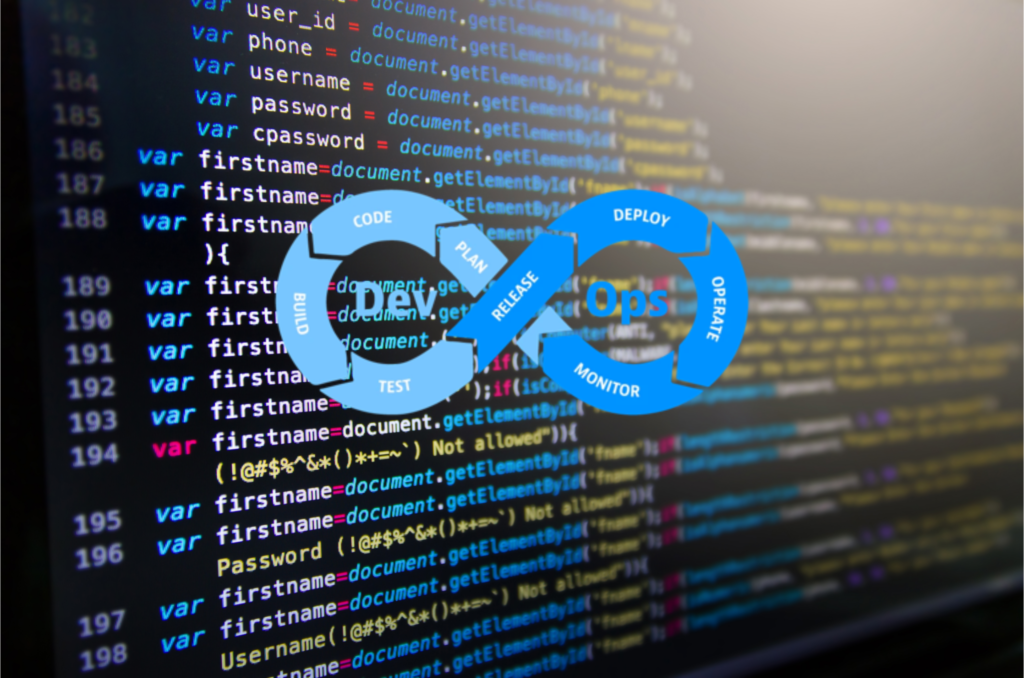Is it a culture, is it a practice, is it a technology? No, it’s DevOps!
The term DevOps was coined in 2009, following the trend of Agile development.
Along with the rapid development of cloud technology the need for fast software delivery was born. Linear development methodologies (Waterfall) were insufficient to secure the cohesion between development and deployment, which led to moving the focus toward Agile, and finally to the loop of continuous testing early and throughout the development cycle. While development used Agile to reduce risk, deployment stuck to the linear waterfall structure. This caused significant bottlenecks in delivery cycles, in cases where a problem was discovered near the end of the deployment and the developers were constrained to restart the process. The simple solution of combining the best practices from both development (Dev) and operations (Ops) created DevOps and lead to increased efficiency and lower delivery risks.

The culture
Transitioning to DevOps necessitates a mindset shift. It all comes down to bridging the gap between two traditionally separate teams: development and operations. This change brings together the two teams to maximize both developer productivity and operational reliability. Cross-functional collaboration and open communication among key players in the software delivery pipeline lead to the improvement of operational efficiency, predictability, and maintainability.
The practices
- Microservices architecture divides large, complex systems into small, self-contained projects. Applications are divided into numerous individual components (services), each of which is dedicated to a single purpose or function and operates independently of its peers and the application as a whole.
- Continuous Integration (CI) is a practice of regular and incremental updates of the code in the central repository with the aim of immediately detecting and preventing integration problems.
- Continuous Delivery (CD) relies on the automation of the software development cycles, meaning that all the code changes are automatically tested and the code is deployment-ready.
- Configuration Management (CM) comprehends the automation of operational tasks to make configuration changes repeatable and standardized.
- Monitoring and log management are one of the most important aspects when operating online services. By capturing, categorizing, and then analyzing data and logs generated by applications and infrastructure, organizations understand how changes or updates impact users. To read more about this visit the link!
- Infrastructure as code means that engineers can treat infrastructure in the same way as the application code, using configuration files that comprehend version control and continuous integration, tracking revisions, and change history.
The tools
1. Version Control tools
GitHub: GitHub is considered one of the largest and most advanced development platforms in the world. Millions of developers and companies build, ship, and maintain their software on GitHub.
Bitbucket: Bitbucket is a very popular platform, with over 10 million registered users. Although it is a platform for hosting code, it goes beyond just code management. Teams can plan projects, collaborate on code, test, and deploy from a single platform.
GitLab: It is an all-in-one DevOps Tool for rapid software delivery. It enables teams to perform all tasks right from Planning to SCM to Delivery to Monitoring and Security.
2. Container Management tools
Docker: Docker is a lightweight tool that aims to simplify and accelerate various workflows in your SDLC with an integrated approach. A docker container image is a standalone, executable package that includes everything you need to run an application.
Kubernetes: Kubernetes is an open-source DevOps tool used to automate the deployment and management of containerized applications & perhaps one of the most popular container-orchestration tools.
3. Application Performance Monitoring tools
Prometheus: Prometheus is an open-source and community-driven performance monitoring solution. It also supports container monitoring and creates alerts based on time series data.
4. Deployment & Server Monitoring tools
Splunk: Splunk is a monitoring and exploring tool that is used on SaaS and on-premises.
Sensu: Sensu is an open-source DevOps tool for monitoring cloud environments. It is easily deployable through Puppet and Chef.
5. Configuration Management tools
Chef: Chef is an open-source tool for automation and configuration management built by Erlang and Ruby.
Puppet: Puppet is responsible for managing and automating your infrastructure and complex workflows simplistically.
Ansible: Ansible delivers simple IT automation that ends repetitive tasks and frees up teams for more strategic work.
6. CI / Deployment Automation tools
Jenkins: Written in Java, Jenkins is an open-source platform for continuous integration and continuous delivery that is used to automate your end-end release management lifecycle.
Why DevOps is a rock star?
Speed is the reason! Shorter development cycle and faster innovation.
The popularity of this development movement relies on its manifesto and the key principles being:
- Automation of the software development lifecycle
- Collaboration and communication
- Continuous improvement and minimization of waste
- Hyperfocus on user needs with short feedback loops
Full-circle deployment results in faster builds and faster delivery while maintaining software quality. The core concept is simple: to create code and changes, to build and execute tests, and to deliver effectively in rapid response to incremental business requirements.
Resources:
https://about.gitlab.com/topics/devops/
https://aws.amazon.com/devops/what-is-devops/
https://www.simplilearn.com/tutorials/devops-tutorial/devops-tools
- DevOps vs. Agile: The Key Principles for Understanding the Differences - August 2, 2023
- Empowering Women in IT: Promoting Diversity and Inclusion in the Industry - March 8, 2023
- Unlocking the Power of Low-Code and No-Code: Simplifying App Development - January 17, 2023
